Some pics of one of Senna's NSXs in Portugal. Apparently, the dealer is asking for 150.000 euros for it and received several offers that he/she subsequently turned down.
Source: http://www.honda-tech.com He streaked through the sport like a comet, an other-worldly superstar whose brilliance as a driver was matched by a dazzling intellect and coruscating charisma that illuminated Formula One racing as never before. No one tried harder or pushed himself further, nor did anyone shed so much light on the extremes to which only the greatest drivers go. Intensely introspective and passionate in the extreme, Ayrton Senna endlessly sought to extend his limits, to go faster than himself, a quest that ultimately made him a martyr but did not diminish his mystique.
Ayrton Senna da Silva was born on March 21, 1960, into a wealthy Brazilian family where, with his brother and sister, he enjoyed a privileged upbringing. He never needed to race for money but his deep need for racing began with an infatuation for a miniature go-kart his father gave him when he was four years old. As a boy the highlights of Ayrton's life were Grand Prix mornings when he awoke trembling with anticipation at the prospect of watching his Formula One heroes in action on television. At 13 he raced a kart for the first time and immediately won. Eight years later he went single-seater racing in Britain, where in three years he won five championships, by which time he had divorced his young wife and forsaken a future in his father's businesses in favour of pursuing success in Formula One racing, where he made his debut with Toleman in 1984. At Monaco (a race he would win six times), his sensational second to Alain Prost's McLaren - in torrential rain - was confirmation of the phenomenal talent that would take the sport by storm. Deciding Toleman's limited resources were inadequate for his towering ambition, Senna bought out his contract and in 1985 moved to Lotus, where in three seasons he started from pole 16 times (he eventually won a record 65) and won six races. Having reached the limits of Lotus he decided the fastest way forward would be with McLaren, where he went in 1988 and stayed for six seasons, winning 35 races and three world championships. In 1988, when McLaren-Honda won 15 of the 16 races, Senna beat his team mate Alain Prost eight wins to seven to take his first driving title. Thereafter two of the greatest drivers became protagonists in one of the most infamous feuds. In 1989 Prost took the title by taking Senna out at the Suzuka chicane. In 1990 Senna extracted revenge at Suzuka's first corner, winning his second championship by taking out Prost's Ferrari at Suzuka's first corner. Senna's third title, in 1991, was straightforward as his domination as a driver became even more pronounced, as did his obsession with becoming better still. Some of his greatest performances came in his final year with McLaren, following which he moved to Williams for the ill-fated 1994 season. Beyond his driving genius Senna was one of the sport's most compelling personalities. Though slight in stature he possessed a powerful physical presence, and when he spoke, with his warm brown eyes sparkling and his voice quavering with intensity, his eloquence was spellbinding. Even the most jaded members of the Formula One fraternity were mesmerised by his passionate soliloquies and in his press conferences you could hear a pin drop as he spoke with such hypnotic effect. His command performances were captured by the media and the world at large became aware of Senna's magnetic appeal. Everyone marvelled at how he put so much of himself, his very soul, into everything he did, not just his driving but into life itself. Behind the wheel the depth of his commitment was there for all to see and the thrilling spectacle of Senna on an all-out qualifying lap or a relentless charge through the field evoked an uneasy combination of both admiration for his superlative skill and fear for his future. He drove like a man possessed - some thought by demons. His ruthless ambition provoked condemnation from critics, among them Prost who accused him of caring more about winning than living. When Senna revealed he had discovered religion Prost and others suggested he was a dangerous madman who thought God was his co-pilot. "Senna is a genius," Martin Brundle said. "I define genius as just the right side of imbalance. He is so highly developed to the point that he's almost over the edge. It's a close call." Even Senna confessed he occasionally went too far, as was the case in qualifying for the 1988 Monaco Grand Prix, where he became a passenger on a surreal ride into the unknown. Already on pole, he went faster and faster and was eventually over two seconds quicker than Prost in an identical McLaren. "Suddenly, it frightened me," Ayrton said, "because I realised I was well beyond my conscious understanding. I drove back slowly to the pits and did not go out anymore that day." He said he was acutely aware of his own mortality and used fear to control the extent of the boundaries he felt compelled to explore. Indeed, he regarded racing as a metaphor for life and he used driving as a means of self-discovery. "For me, this research is fascinating. Every time I push, I find something more, again and again. But there is a contradiction. The same moment that you become the fastest, you are enormously fragile. Because in a split-second, it can be gone. All of it. These two extremes contribute to knowing yourself, deeper and deeper." His self-absorption did not preclude deep feelings for humanity and he despaired over the world's ills. He loved children and gave millions of his personal fortune (estimated at $400 million when he died) to help provide a better future for the underprivileged in Brazil. Early in 1994 he spoke about his own future. "I want to live fully, very intensely. I would never want to live partially, suffering from illness or injury. If I ever happen to have an accident that eventually costs my life, I hope it happens in one instant." And so it did, on May 1, 1994, in the San Marino Grand Prix, where his race-leading Williams inexplicably speared off the Imola track and hit the concrete wall at Tamburello corner. Millions saw it happen on television, the world mourned his passing and his state funeral in Sao Paulo was attended by many members of the shocked Formula One community. Among the several drivers escorting the coffin was Alain Prost. Among the sad mourners was Frank Williams, who said: "Ayrton was no ordinary person. He was actually a greater man out of the car than in it." Source: www.formula1.com Spanning his years as a Formula One racing driver from 1984 to his untimely death a decade later, SENNA explores the life and work of the triple world champion, his physical and spiritual achievements on the track, his quest for perfection and the mythical status he has since attained. Directed by Asif Kapadia (The Warrior, Far North), the film is written by Manish Pandey and produced by James Gay-Rees (Exit Through The Giftshop), Tim Bevan and Eric Fellner with Kevin Macdonald (Touching The Void, The Last King of Scotland, State of Play, Eagle) and Manish Pandey serving as executive producers. The film has been made with the full co-operation of the family of Ayrton Senna, who have given permission for this to be the first documentary feature film about his life; Formula One Management, who have provided footage not previously seen theatrically; and the Ayrton Senna Institute, the charitable foundation established after his death which provides educational opportunities to millions of deprived Brazilian children. Source: www.facebook.com 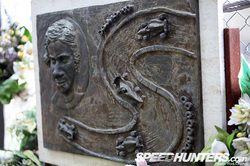 A critical element that always has to get organized, well in advance of any Speedhunters' event visit, is trackside access. This often involves writing letters, sending faxes and filling out online accreditation forms. It can be a lot of work, but you really can't attend a motorsports event without special permission to access the restricted access areas. It's the only way to shoot professional quality photos and video footage. Once you are at an event you also need to plan out where you are going to shoot and make sure you are ready with your camera set up before the cars hit the track. So while attending the WTTC Imola round as special guests of BMW Motorsport, Dino and I knew we wanted to shoot one of the races from turn 1...the Tamburello corner. Now this is also the exact place where Ayrton Senna's life came to a premature ending on a fateful day in 1994. We heard there was a memorial to Senna at the corner, but weren't sure what it was going to look like... a plaque maybe? Anyway we set off to Tamburello an hour or so before the start of the WTCC race. BTW, part of getting in position to shoot car racing, involves finding out how to access the trackside areas. This is normally a bit of an adventure in itself as every track has special gates you have to find to get into circuit. So after hiking down several access roads and trails we eventually managed to get access to the restricted areas behind Turn one... Tamburello corner. And this is what we found... This plaque commemorates Senna and shows his likeness along with some cars driving along a "S" shape. This was somewhat expected. But what I was not prepared for was all the tributes that people had left at the site. I suppose if you consider what an icon the man was, I really shouldn't be surprized. Senna was as mesmerizing character as he was a formidable and competitive racing driver. Each tribute had a deeply personal tone. I couldn't understand the language, but no doubt Senna touched many people's lives and inspired a new generation of racing drivers. These dead Sunflowers zip tied to the fencing are a fitting statement to the fallen. I can only imagine that these people must have broken into the track at night to leave these mementos behind. Tied to the fence behind the restricted area, some people had left a Brazilian Flag. Given the faded colours, it must have been hanging there for years, Also fading away, are these photographs depicting different aspects of Senna's career. Nearby someone has left a laminated picture of Senna's grave. All along the back of the fence posts people have writen their own messages to Senna. Goodbye Champion... I do wonder for how many years and decades this adoration for Senna will last... As long as he remains in living memory perhaps? If we were to visit the memorial to Jim Clark at Hockenheim would we find the same outpouring of emotion? He was the Senna of his time so I wonder if the site holds the same sense of loss. This message was left as far back as 1995.... These little notes seem to me like a way for these race fans to process the grief they felt when the great champion passed away. More messages from 1995... It was a moment to pause and cast our thoughts to the memory of Senna, before picking up our camera gear to find a spot to shoot the start of the WTCC race....
Source: www.speedhunters.com 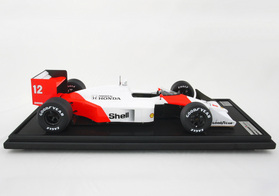 Want to win one of these? There is a chance but only on this week and only we gain at least 500 Like!
Visit our site, like it, then share it! Click on the Like Button, and share the link below on your wall to have a chance winning one of three beautiful Mclaren Honda MP4/4 1:18. Post this link on your wall after you liked our site: http://sennasite.weebly.com/facebook-contest.html What do you think about it? 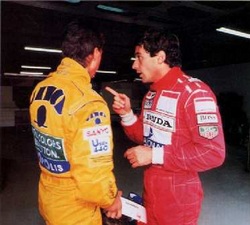 If there was one driver that should truly get credit for being the greatest in Formula 1, then let it be Senna. Why Senna? If you can just look at the some of the achievements that he accomplished; you
will just see for yourself that Ayrton was truly the best of all. Many suggest that Schumacher was the greatest, but Senna never had the weak contenders that Schumacher compete against. When Senna was actively racing, he has to competing against some of the greatest drivers there was. The likes of Mansell, Prost, Piquet,and Lauda. All of these drivers were World champions and to think that Senna had it easy in his F1 career was totally oblivious. It's no wonder that Senna could not win as much as he could because The competition was so intense, and very difficult that he can only muster 3 World Championship instead 7 that Schumacher have. Now 3 World Championship was plenty but no where near as much as Schumacher had. But if you compare both of these great drivers base on statistic; Then you're not seeing the whole picture at all because being a great driver is not always base on statistic but as the best all round driver and Senna had just that. In racing there are a lot of factors involved: luck, the best car, no competition, and politics. If you had all of these at your disposal, then even the most average driver can be a world champion. Schumacher did have most of these factors and truly he benefited from these things that's why he was able to win 7 World Drivers Championship. I'm not suggesting that Schumacher was not a great driver, he was the best when he was racing, but only because he had the fastest car and lack of competition that he was able to get that many world championship. Senna could have done the same if not better if he didn't have Prost. Prost was his teammate at the time he joined Mclaren, and obviously Prost was already a 2 time world champion so how does Senna measure up against this established world champion. Senna was able to beat his teammate with the same car and also the same team. Schumacher had team orders to let him by, Senna didn't have that luxury, so Senna had to proved to Mclaren team that he was the best. Competition is needed to judge the best drivers, and not just any competition but competition against drivers that have almost if not the same skills and the same equipment. After Senna's unfortunate demise; there was no one left to stop the rampaging great that was Michael Schumacher. Source: www.ezinearticles.com |
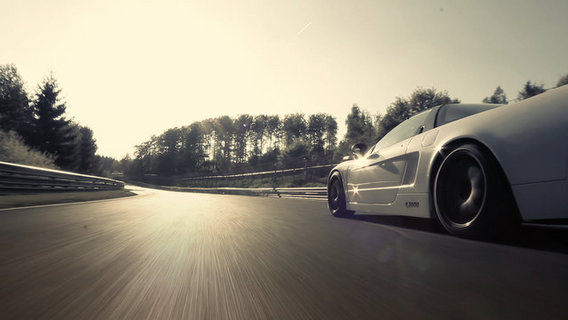
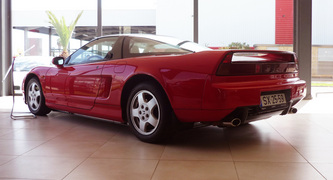
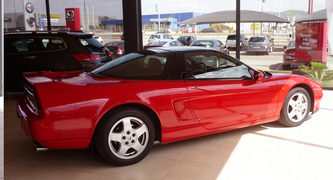
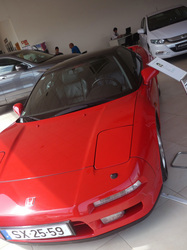
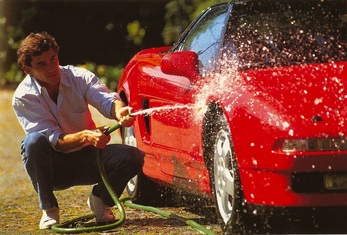
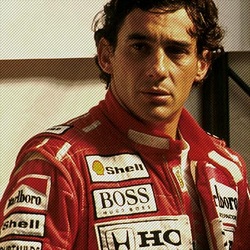
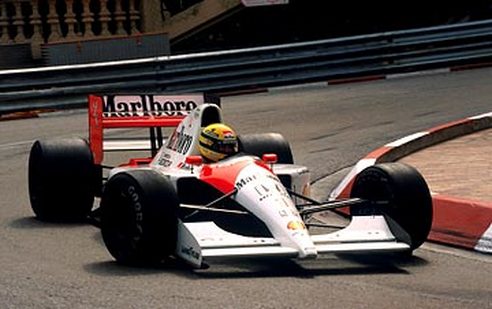
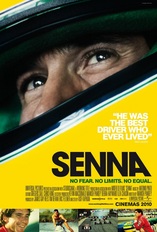
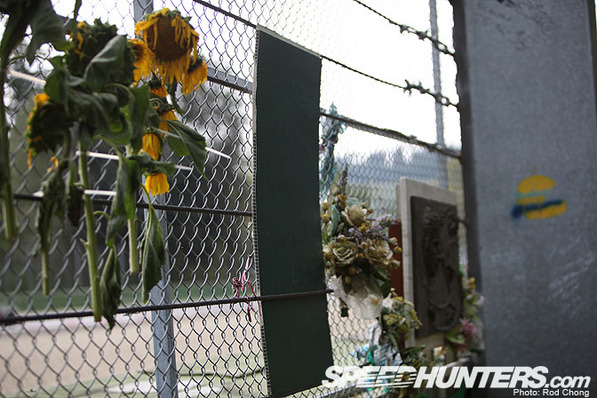
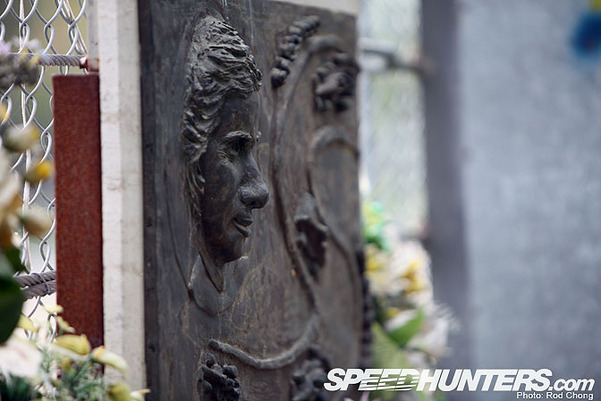
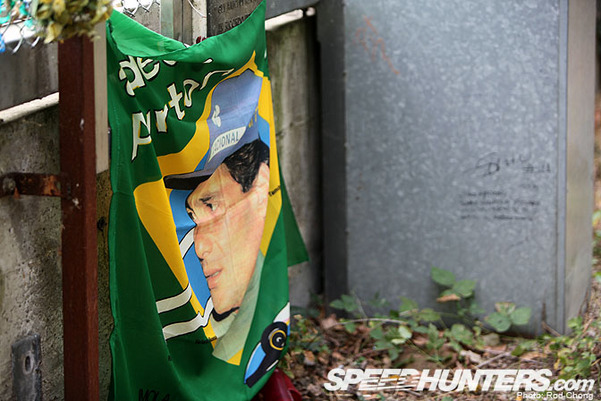
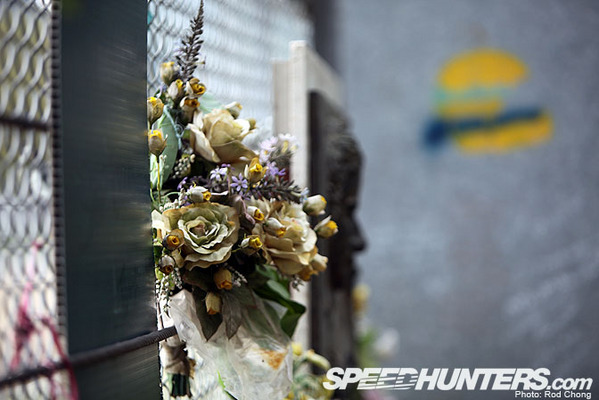
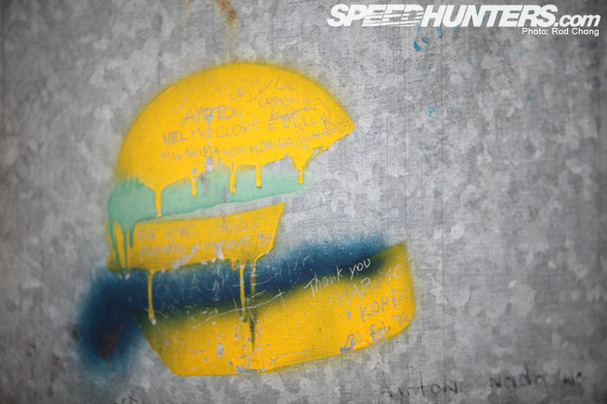
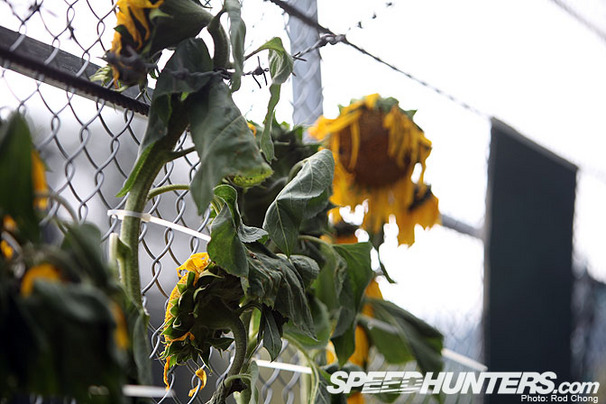
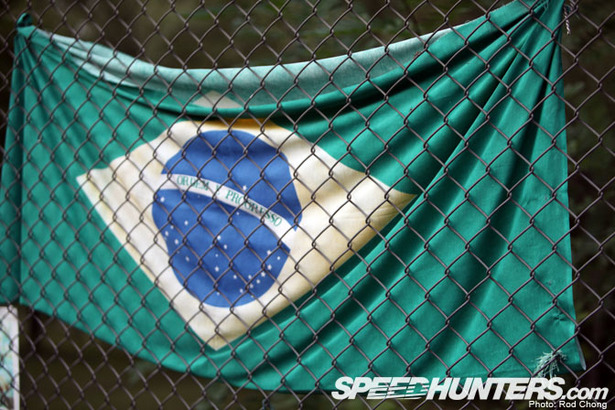
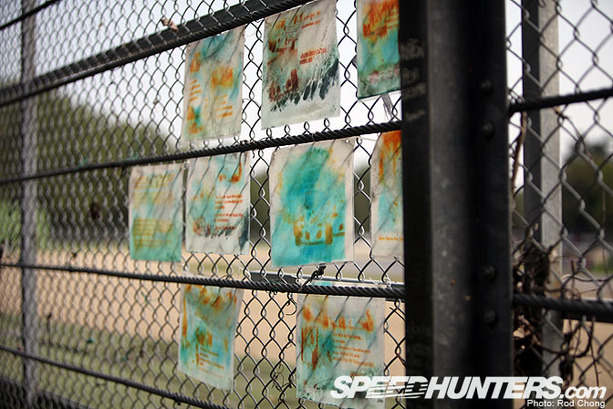
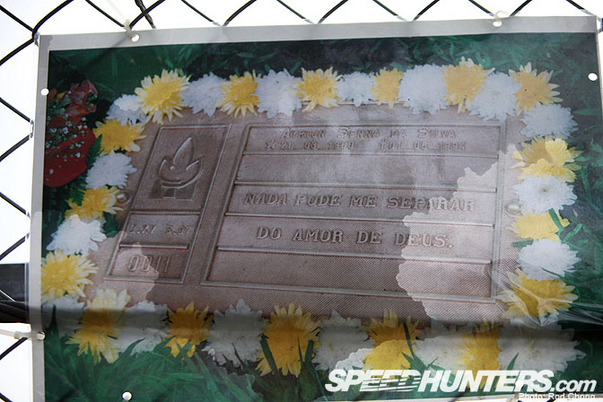
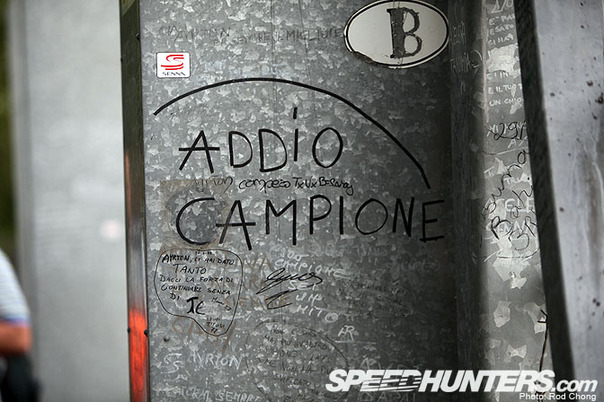
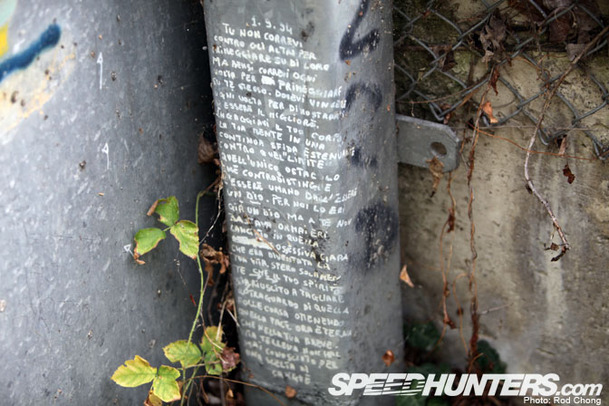
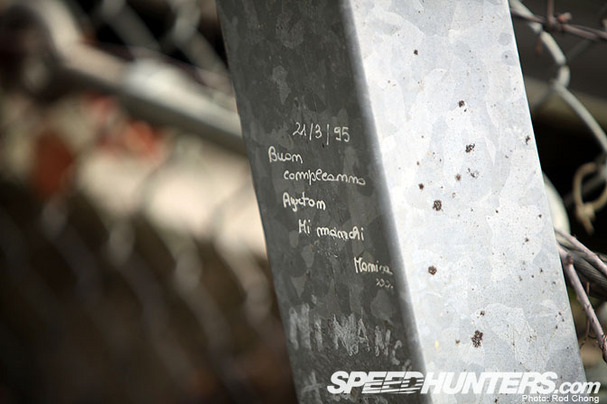
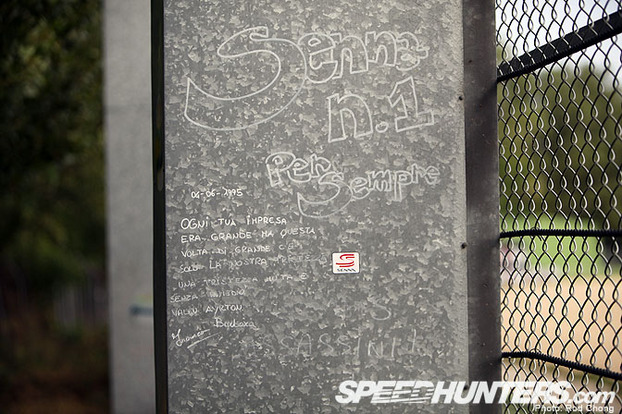
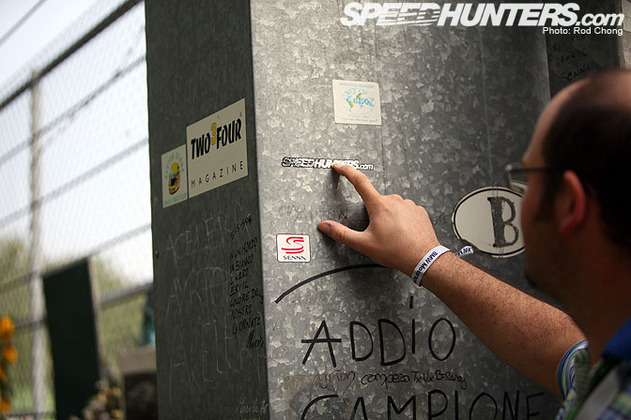
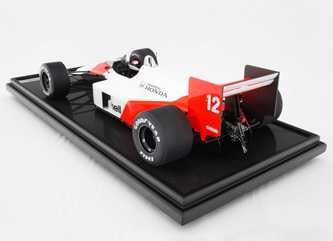
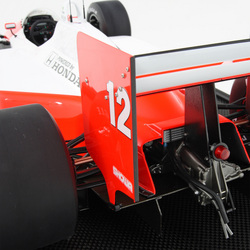
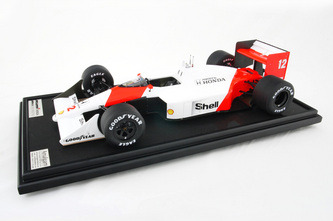
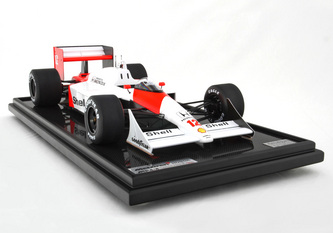
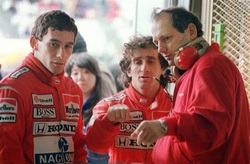
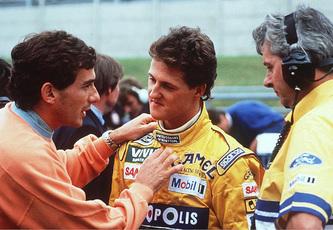
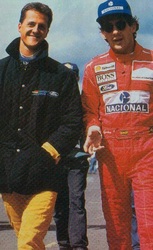
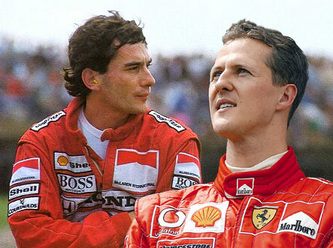
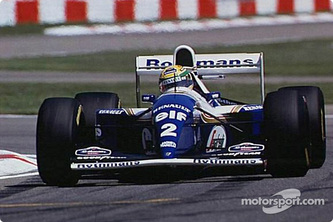
 RSS Feed
RSS Feed